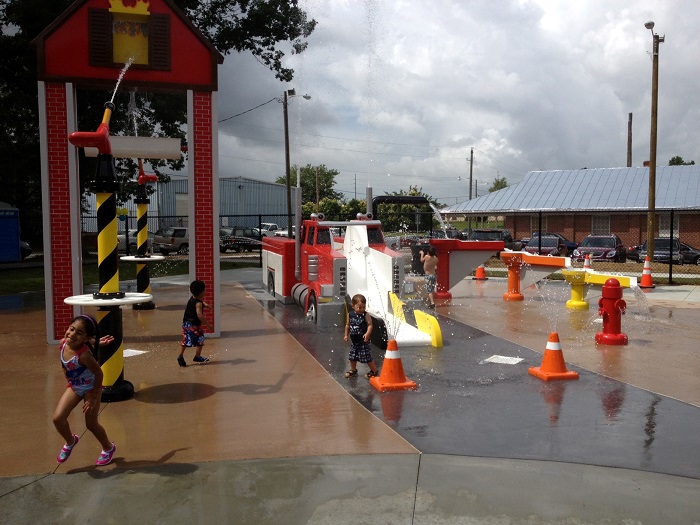Adding a splash pad to your overall park playground design is an excellent way to offer entertainment to families with young children. Splash pads are naturally inclusive, allowing children of all ages and abilities to play in the water, exercise their imaginations and interact with peers. Parents and caregivers also tend to prefer splash pads because they can keep an easier watch on their children, and there’s a lesser chance of drowning.
As you begin the initial stages of planning and designing a splash pad, you’ll find that there are many things you’ll need to account for. These tips will set the stage for a successful project that the community will love.
Location of Splash Pad

The first aspect to consider is the location of the splash pad. You want the water attraction to be visible so that it can market itself. Parents do share this information on social media, so you can expect to get traction no matter what. But you can gain more attention by placing your splash pad near a playground or outdoor recreation area.
Utilities – Water, Power and Water Waste Lines
Once you’ve found a good location for your splash pad, you’ll want to make sure that it can handle your needs. All splash parks require water, power and waste water lines. You have two options to handle the water: You can either drain it away or recirculate it. Also, some municipalities require a sanitary waste system or sewer system, so it’s important to know these expectations beforehand.
Permits and Zoning
Water playground equipment including splash pads can be installed on both public and private land, such as city parks, campgrounds and residential associations. Each location has its own unique zoning requirements, which you’ll need to know about in advance. Before moving forward with your project, have a conversation with the city to ask about any necessary permits.
Parking Lot and Amenities
Not only do you need space for the splash pad itself, but also for the mechanical equipment, seating, shade structures, garbage cans and parking lot. Make sure the location can accommodate these outdoor site amenities, and also find out if you have any requirements as to the minimum or maximum number of parking spaces you can have.
Bathroom and Sidewalks
Some splash pads are set off in the distance, which means you’ll need an accessible path to guide visitors. Others are right off a parking lot, so you may want to consider installing fencing. Also, you’ll need bathrooms nearby, as you’re accommodating families with small children. As with other parts of your project, you’ll need to find out what codes you have to follow for your restrooms.
Splash pads have become popular family destinations. CR Studio Design can help with all of your planning and design considerations. We’ll make sure that you consider every factor, and that your project moves smoothly. Contact us today to explore water play concepts for your park or playground project.
